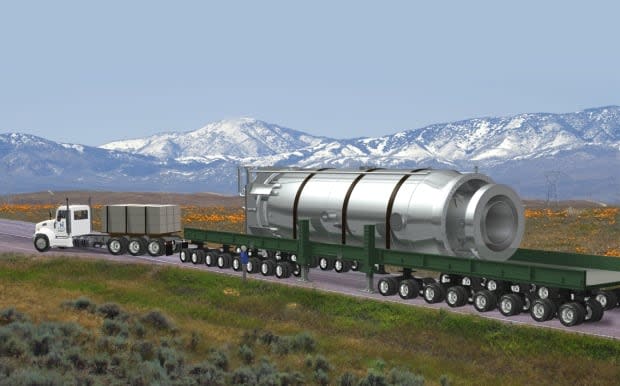Three Indigenous-owned corporations show support for small modular reactors

Three Indigenous-owned companies in Saskatchewan have announced they're exploring small modular reactors (SMR).
Kitsaki Management, Athabasca Basin Development and Des Nedhe Group have all signed a memorandum of understanding concerning their support for nuclear power in Saskatchewan.
"We think that small modular reactors have a role to play in moving forward on climate change," said Sean Willy, CEO of Des Nedhe Group, which is the economic development arm of the English River First Nation.he said.
"As three First Nations businesses, we wanted to support that and say listen, we want to be part of these discussions."
Saskatchewan has already signed agreements with Ontario, Alberta and New Brunswick to explore the technology of small modular reactors. The first reactor in Saskatchewan is scheduled to be operational in 2032.
Willy said that he knows the technology won't be operational in Saskatchewan for some time, but that he wants to be a part of the supply chain and have a stake in jobs.
"I think too often, First Nations, Métis and Inuit communities are the last ones at the table on business and we don't get our rightful spot [with] commercial opportunities and we want to flip that on its head," he said.
The provinces have released a feasibility report prepared by Ontario Power Generation, Bruce Power, NB Power and SaskPower which gives a potential timeline for development and deployment of SMRs and assesses their competitiveness with other non-emitting energy sources.
SMRs are nuclear reactors that produce less than 300 megawatts of electricity. Because they are smaller than traditional nuclear power plants, which generally produce 800 megawatts (MW) and up, they are expected to be cheaper to build, scalable to meet specific industrial and remote community needs and, according to the report, will have the potential to be competitive with other low-carbon forms of energy.

